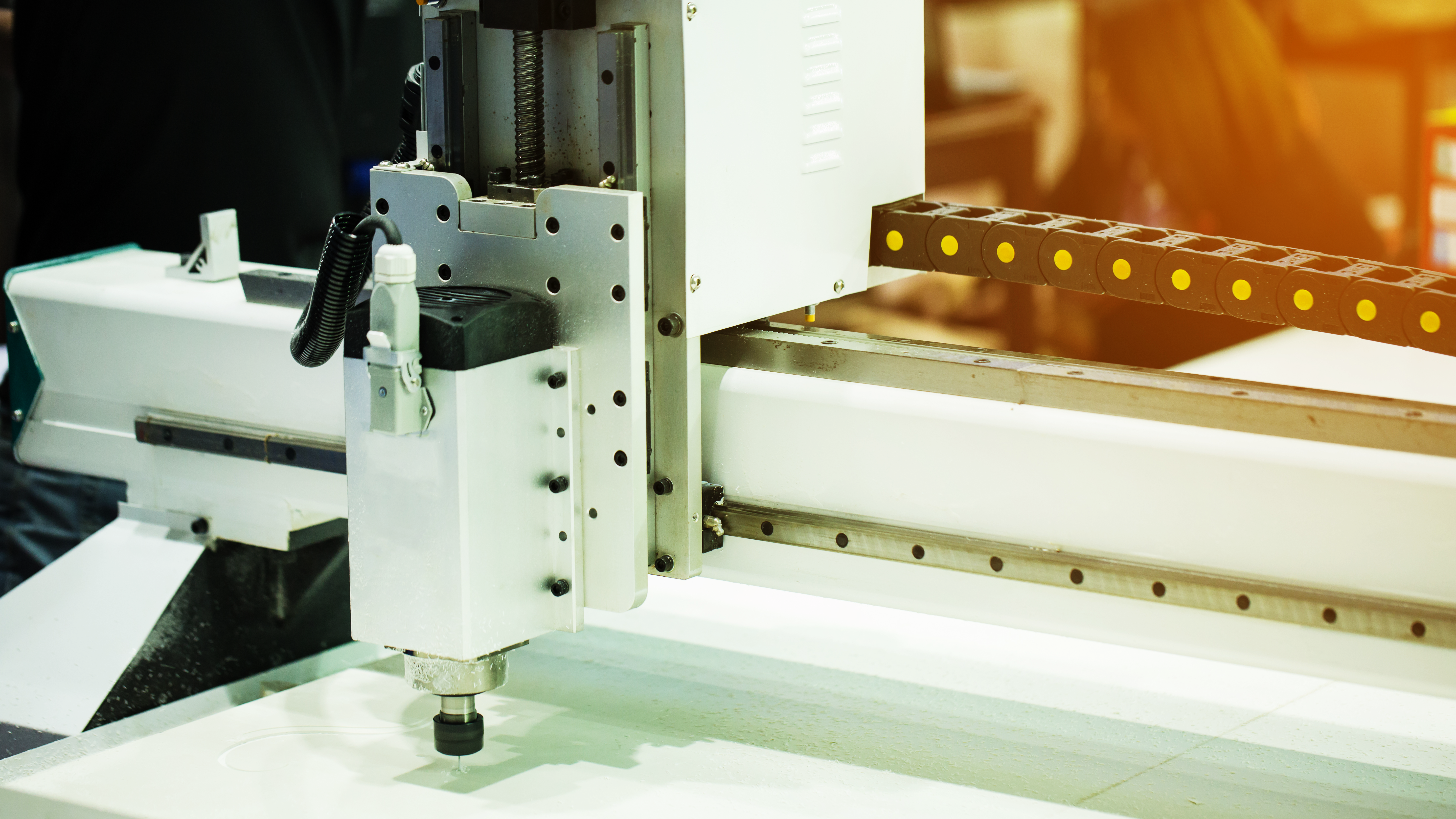
- Automotive
- Predictive Maintenance
Automotive Paint Shop Ventilation Fan Anomaly Detection: 20% Accuracy Boost
Minimize production line downtime by using AI to detect anomalies in ventilation fan motors within the automotive paint shop.
READ MORE
Minimize production line downtime by using AI to detect anomalies in ventilation fan motors within the automotive paint shop.
READ MORE
Develop a secure, closed-network AI platform to detect model degradation and automate retraining, enhancing combat readiness and operational efficiency.
READ MORE
Automate data building with auto-annotation and optimize HPC infrastructure resources, all on a single AI platform (Runway), to streamline AI operations in the electronics industry.
READ MORE
Automate operational processes, including retraining-redeployment, by utilizing various image analysis models on the AI platform, Runway.
READ MORE
Build an AI system leveraging real-time PLC data from the manufacturing floor to easily integrate diverse data features, use high-resolution data, and establish a sustainable AI process.
READ MORE
Optimize discount pricing for fresh produce using AI, increasing profit by 3% per store. Expand the AI-validated model to multiple locations.
READ MORE
Optimize furnace equipment temperature with AI-powered Model Predictive Control (MPC) to achieve consistent material quality and minimize energy consumption.
READ MORE
Optimize scheduling for multi-variety, small-batch production to reduce bottlenecks, minimize idle equipment, and boost schedule adherence by 66%.
READ MORE
Reduce energy costs by 11% using reinforcement learning to implement optimized control strategies, minimizing variation among site managers.
READ MORE
Reduce downtime in semiconductor post-processing with a deep learning-based anomaly detection model for CO2 laser drills.
READ MORE
Reduce production line downtime from motor failures with an AI-driven MLOps platform and advanced data collection for efficient machinery oversight.
READ MORE
Enhance motion control accuracy with data-driven simulators and reinforcement learning for automated parameter tuning, minimizing the gap between commanded and actual values.
READ MORE
Leverage reinforcement learning to optimize electronic component mounting sequences on PCBs, reducing overall process time in SMT.
READ MORE
Predict critical failures and minimize downtime in an automotive assembly process with over 10,000 robotic arms by implementing anomaly detection within an AI operational environment (MLOps).
READ MORE
Automate multi-robot chassis welding routes and tasks using AI and robotics, leading to a substantial reduction in labor hours and product production time.
READ MORE
Create an AI simulator using real-world electric vehicle data to optimize vehicle energy control with a lightweight model for enhanced computational speed.
READ MORE
Boost operational efficiency with AI-based simulators and reinforcement learning agents for automated optimal component placement in custom ASICs.
READ MORE
Develop an AI operational environment using ensemble models to improve predictive accuracy, operate across 787 power plants, and streamline retraining and deployment of 3,000+ models.
READ MORE
Implement a deep learning-based anomaly detection model in a polypropylene reactor to predict emergency shutdowns and analyze anomalies.
READ MORE
Leverage battery management system data and electric vehicle(EV) driving patterns for predicting lithium battery residual life and lifecycle monitoring.
READ MORE
Predict and monitor anomalies with ESS anomaly detection models, designed to foresee and track abnormalities before a fire occurs.
READ MORE
Predict anomalies and time to failure with anomaly detection models that can respond quickly to recipe changes using minimal data from semiconductor production equipment.
READ MORE